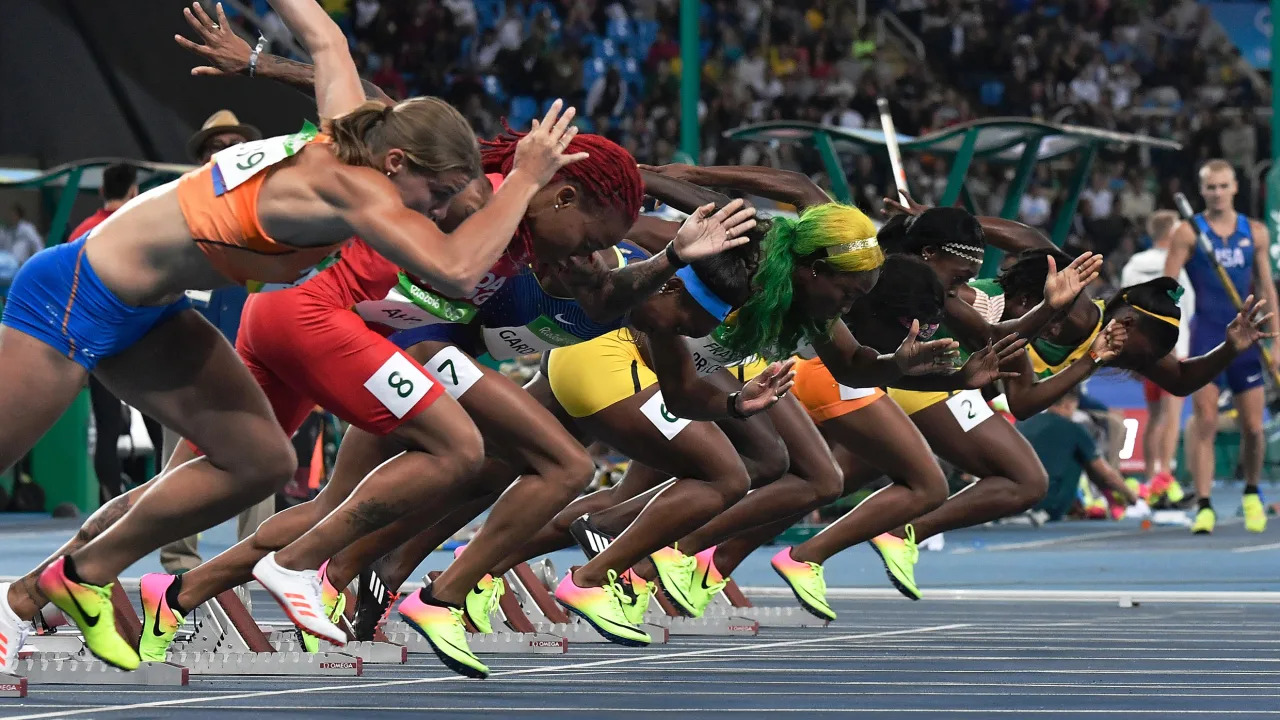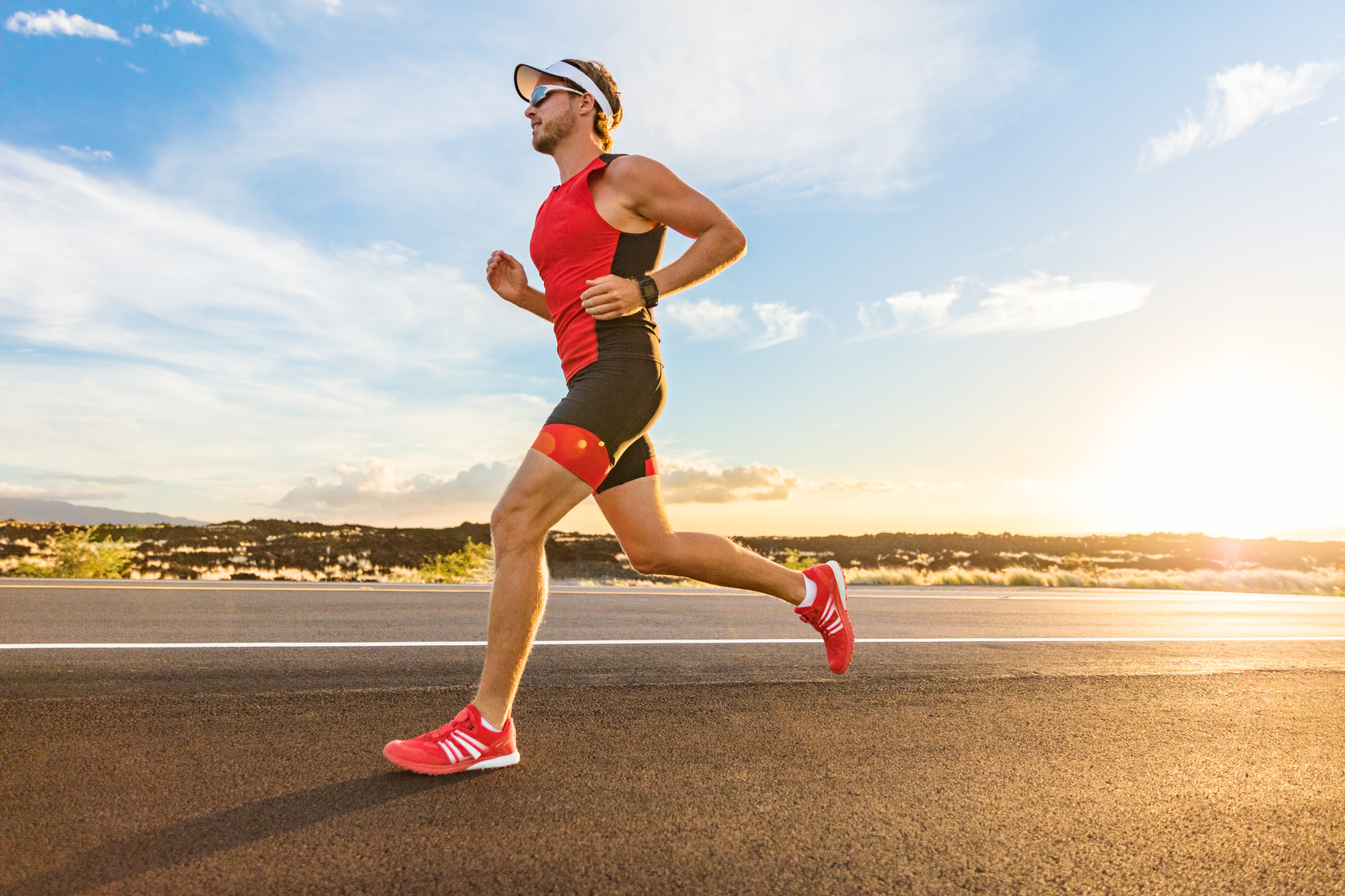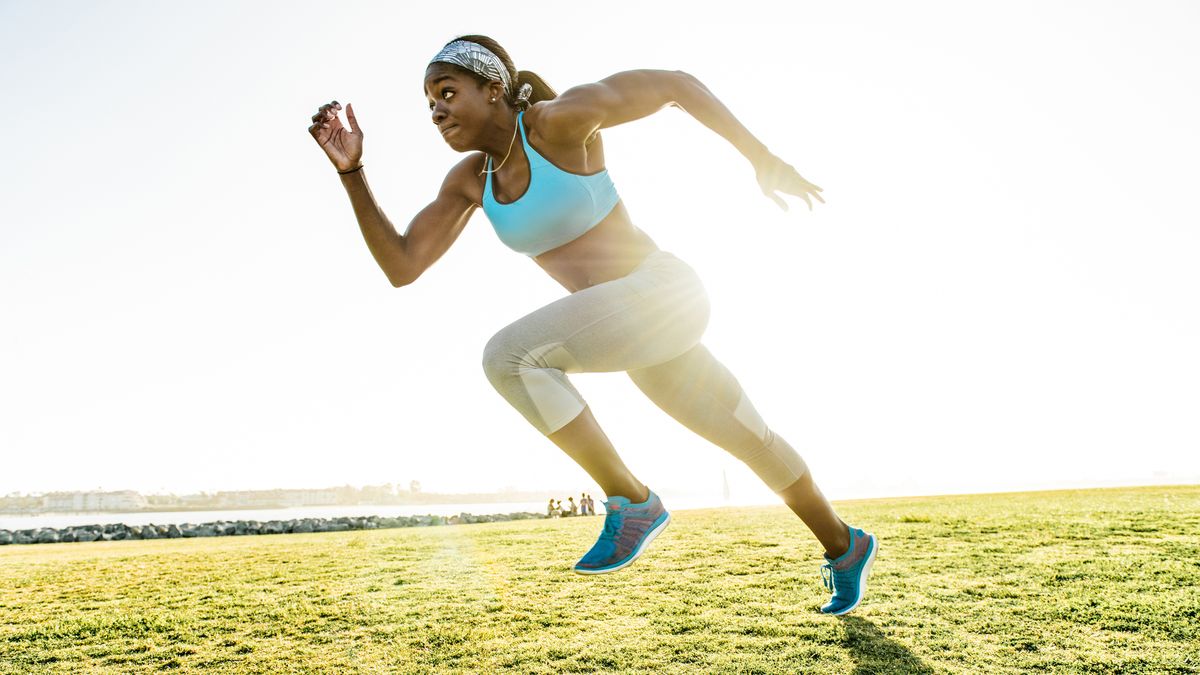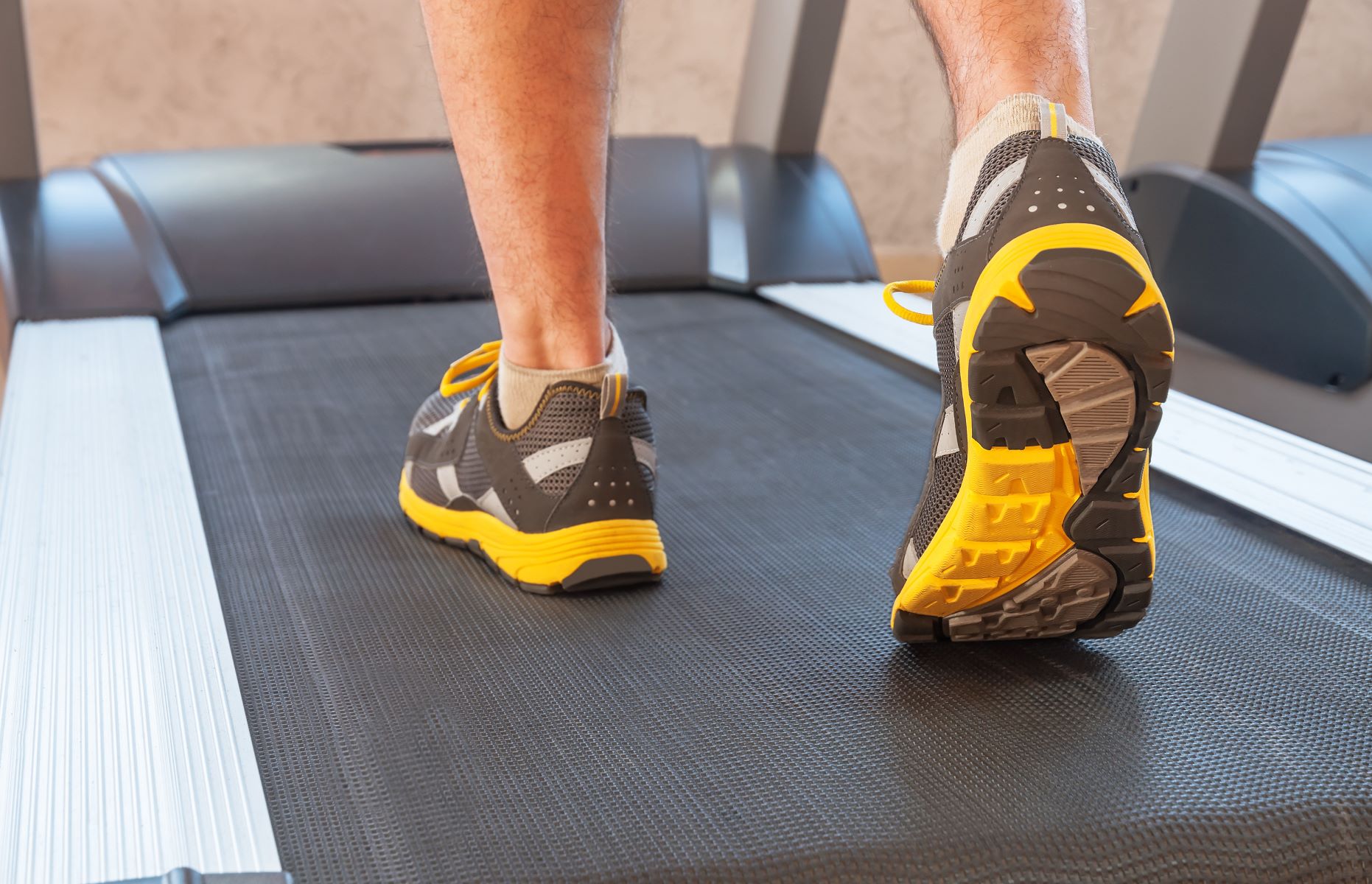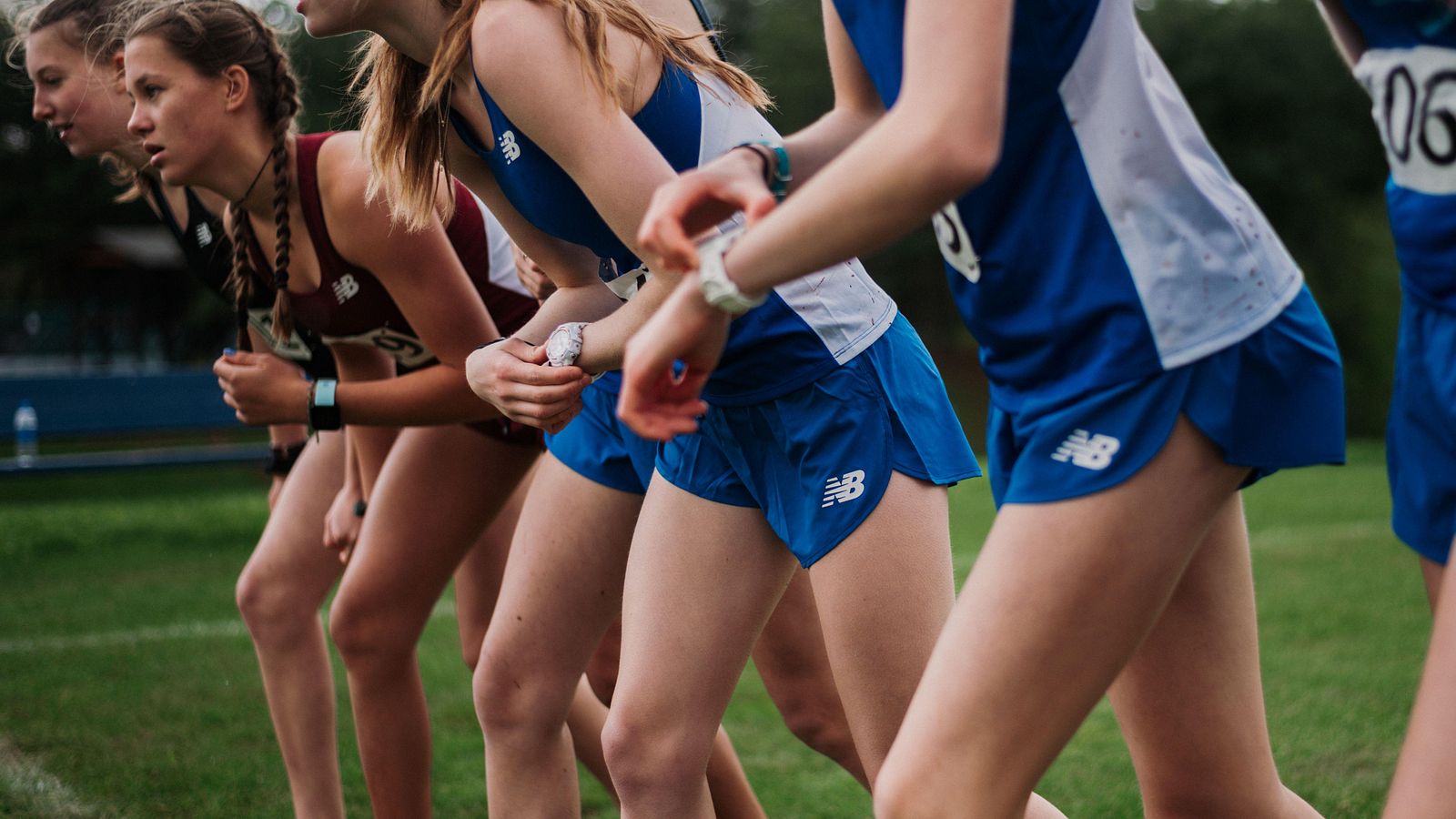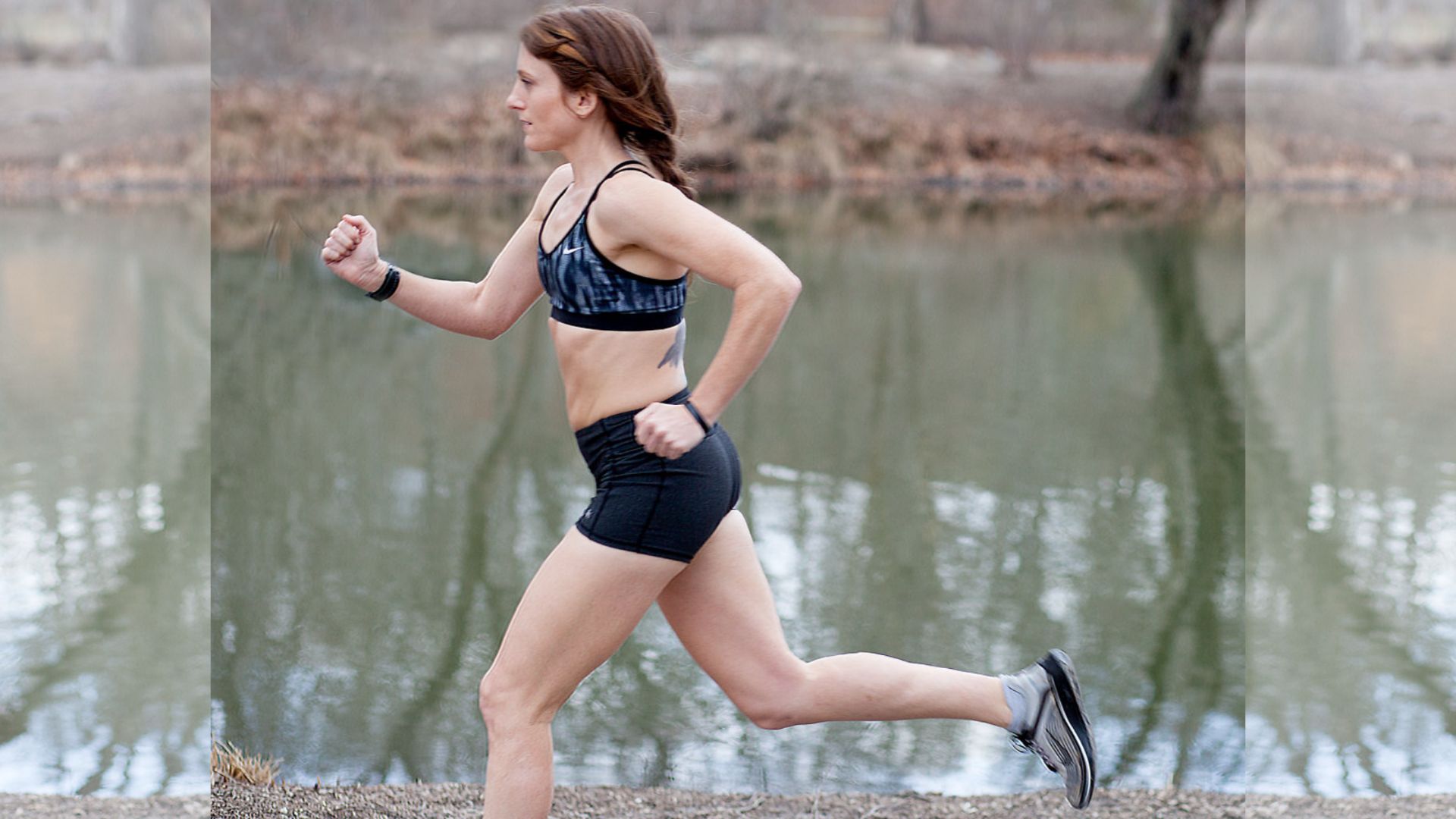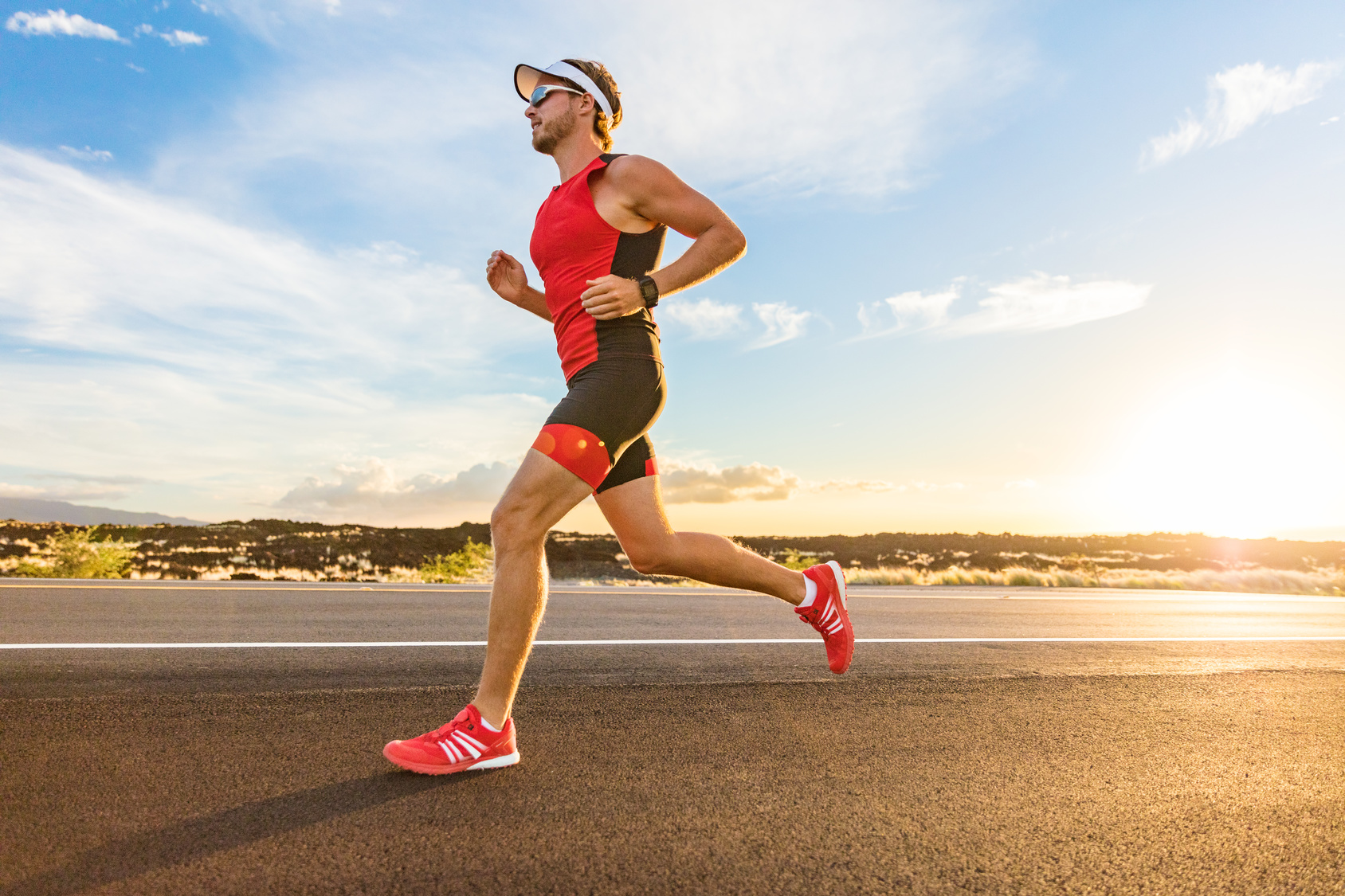

Featured
What Is A Good Jogging Cadence
Modified: January 2, 2024
Discover the key to efficient running with our featured article on what constitutes a good jogging cadence. Maximize your workout potential today!
Introduction
When it comes to jogging, one key factor that often gets overlooked is the importance of a good jogging cadence. Cadence refers to the number of steps taken per minute while running or jogging. Having a proper cadence can greatly impact your running efficiency, reduce the risk of injury, and enhance overall performance.
While many runners focus on factors such as distance, speed, and form, paying attention to your cadence can improve your running experience in numerous ways. In this article, we will explore the definition of jogging cadence, its importance, factors affecting it, how to determine your optimal cadence, and the benefits of maintaining a good cadence. We will also provide practical tips on how to improve your jogging cadence.
Whether you are a seasoned runner or just starting out, understanding and optimizing your jogging cadence can make a substantial difference in your overall running performance and enjoyment. So, let’s delve into the fascinating world of jogging cadence and discover how it can transform your running experience.
Definition of Jogging Cadence
Jogging cadence refers to the number of steps taken per minute while running or jogging. It is often measured in steps per minute (SPM) or strides per minute. Cadence is a crucial aspect of running technique as it directly impacts your running efficiency and overall performance. A higher cadence typically indicates a quicker turnover and shorter ground contact time, which can result in improved running form and reduced risk of injury.
Understanding your jogging cadence involves counting the number of steps you take on one foot within a specific time frame, typically 60 seconds. This count is then multiplied by two to determine the total number of steps per minute. For example, if you count 40 steps on one foot in 60 seconds, your jogging cadence would be 80 steps per minute.
It’s important to note that optimal jogging cadence can vary depending on factors such as running experience, body type, and running goals. Generally, the recommended range falls between 160 and 180 steps per minute. However, this may vary for each individual. Some runners may find a slightly lower cadence comfortable, while others may prefer a slightly higher cadence. Finding your own optimal cadence is crucial for maximizing your running performance and minimizing the risk of injuries.
Cadence plays a significant role in running efficiency. A higher cadence allows runners to maintain a faster pace with less effort. It promotes a more balanced stride and distributes workload evenly across the body, reducing the impact on joints and muscles. Moreover, a higher cadence often leads to a midfoot or forefoot strike, which can improve propulsion and overall running economy.
Now that we have defined jogging cadence and its importance, let’s explore the various factors that can affect your cadence in the next section.
Importance of Jogging Cadence
The importance of maintaining a proper jogging cadence cannot be overstated. Here are several key reasons why jogging cadence is crucial for runners:
1. Running Efficiency: A higher jogging cadence allows for a quicker turnover and shorter ground contact time. This means your feet spend less time on the ground with each step, resulting in a more efficient stride. This efficiency translates to faster running speeds and improved running economy.
2. Injury Prevention: A good jogging cadence can help reduce the risk of running-related injuries. By increasing your cadence, you can decrease the impact forces on your body with each step. This reduces the strain on your joints, muscles, tendons, and ligaments, minimizing the risk of overuse injuries such as shin splints, stress fractures, and IT band syndrome.
3. Improved Running Form: Maintaining an optimal cadence encourages proper running form. It promotes a more balanced and symmetrical stride, ensuring that each foot lands directly beneath your center of gravity. This alignment helps distribute the forces of impact and reduces the likelihood of biomechanical imbalances that can lead to injuries.
4. Efficient Energy Utilization: Jogging cadence plays a vital role in energy expenditure during running. With a higher cadence, you utilize energy more efficiently, as it allows for a smoother and more fluid motion. This efficiency conserves energy and enables you to sustain your running pace for longer distances.
5. Enhanced Performance: By optimizing your jogging cadence, you can enhance your overall running performance. Running at a higher cadence improves your running efficiency, enabling you to cover more ground with each step. This translates to improved speed, endurance, and race performance.
6. Psychological Benefits: A proper jogging cadence can also provide psychological benefits. When your running feels smooth, efficient, and controlled, it boosts your confidence and motivation. This positive mindset can lead to a more enjoyable running experience and a greater sense of accomplishment.
As you can see, jogging cadence plays a crucial role in running performance, injury prevention, and overall running experience. In the next section, we will explore the various factors that can affect your jogging cadence.
Factors Affecting Jogging Cadence
Jogging cadence can be influenced by a variety of factors. Understanding these factors can help you identify the areas in which you may need to make adjustments to optimize your cadence. Here are some key factors that can affect your jogging cadence:
1. Running Experience: Beginners tend to have a slower cadence compared to more experienced runners. As you gain more experience and become more efficient with your running form, your cadence may naturally increase.
2. Speed: There is a positive correlation between running speed and cadence. As you increase your running pace, your cadence typically increases as well. However, it’s important to note that cadence should not solely be focused on speed, as proper form and efficiency should also be prioritized.
3. Leg Length and Stride Length: Individuals with longer legs may naturally have a lower cadence due to a longer stride length. Similarly, a shorter stride length may result in a higher cadence. It’s important to find a balance that works for you, taking into consideration your body proportions and running goals.
4. Physical Fitness: Fitness level can affect cadence to some extent. Improvements in cardiovascular endurance, muscular strength, and flexibility can contribute to a higher cadence. Regular strength training and flexibility exercises can help improve your running efficiency and increase your cadence.
5. Terrain: The type of terrain you run on can influence your cadence. Uphill or uneven surfaces may naturally slow down your cadence, while downhill sections can lead to a quicker cadence. Adjusting your stride and cadence to accommodate different terrains can help improve your running performance on varying surfaces.
6. Footwear: The type of running shoes you wear can affect your cadence. Shoes with a higher heel-to-toe drop or excessive cushioning can lead to a slower cadence. Opting for lightweight and more minimalistic shoes can encourage a quicker turnover and a higher cadence.
7. Music and Rhythm: Listening to music with a faster tempo or running to a specific beat can help synchronize your movements and naturally increase your cadence. Many runners find that running with music can help maintain a consistent and efficient cadence.
It’s important to note that everyone’s optimal cadence is unique, and there is no one-size-fits-all approach. However, understanding these factors can help you assess your own cadence and make necessary adjustments to improve your running efficiency. In the next section, we will discuss how you can determine your own optimal jogging cadence.
How to Determine Your Jogging Cadence
Determining your jogging cadence is a straightforward process that can be done using a variety of methods. Here are some effective ways to determine your optimal cadence:
1. Manual Counting: One of the simplest ways to determine your jogging cadence is by manually counting your steps. Find a flat running surface and start jogging at a comfortable pace. Count the number of times your right foot strikes the ground within a 60-second time frame. Multiply this count by two to get your steps per minute (SPM) cadence. Repeat this process a few times to get an average cadence.
2. Smartphone Apps: There are several smartphone apps available that can help you measure your cadence accurately. These apps use the accelerometers in your phone to track your steps and calculate your cadence. Simply download a cadence tracking app, place your phone in a secure pocket or use an armband, and go for a run. The app will provide you with real-time feedback on your cadence.
3. Running Watches: Many GPS running watches have built-in cadence tracking features. These watches use internal sensors or external foot pods to measure your cadence. Simply sync your running watch, start your run, and review your cadence data after the run on the watch or a connected app.
4. Optical Sensors: Some advanced fitness trackers and smartwatches have optical sensors that can estimate your cadence based on the movement of your wrists. These devices use a combination of accelerometer and gyroscope data to provide cadence measurements.
Once you have established your baseline cadence, compare it to the recommended range of 160 to 180 steps per minute. If your cadence falls below this range, it may be beneficial to work on increasing it gradually to improve your running efficiency. On the other hand, if your cadence is already within or above this range, focus on maintaining it and refining your running form.
Remember, it’s essential to find a cadence that feels comfortable and natural for your body. Making drastic changes to your cadence overnight can be counterproductive and may lead to other biomechanical issues. Gradually increasing or decreasing your cadence over time is a more effective approach.
In the next section, we will explore the numerous benefits of maintaining a good jogging cadence and why it is worth the effort to optimize and improve your running efficiency.
Benefits of Maintaining a Good Jogging Cadence
Maintaining a good jogging cadence offers a wide array of benefits that can enhance your running performance and overall running experience. Here are some key advantages of optimizing and maintaining a proper jogging cadence:
1. Improved Running Efficiency: A higher cadence promotes a quicker turnover and shorter ground contact time with each step. This increased efficiency allows you to cover more ground with less effort, making your runs feel smoother and more effortless.
2. Reduced Risk of Injuries: Maintaining an optimal cadence helps reduce the impact forces on your body. By spending less time on the ground, you can minimize the strain on your joints, muscles, tendons, and ligaments, reducing the risk of overuse injuries and common running-related issues.
3. Enhanced Running Form: Proper jogging cadence encourages a balanced and symmetrical stride, ensuring that each foot lands beneath your center of gravity. This alignment promotes a more efficient distribution of forces from impact and reduces the likelihood of biomechanical imbalances and potential injuries.
4. Increased Running Economy: Running at a higher cadence can improve your running economy, meaning you can maintain a certain pace or speed using less energy. This efficiency allows you to sustain your running performance for longer distances and can contribute to improved race times.
5. Optimized Energy Utilization: With a good jogging cadence, you utilize energy more efficiently, resulting in less wasted motion. This efficient energy utilization enables you to preserve energy and maintain a steady pace, especially during long-distance runs or races.
6. Enhanced Speed and Endurance: By increasing your cadence, you can generate more power and propel yourself forward more effectively. This can lead to improvements in your running speed and overall endurance capabilities.
7. Positive Psychological Effects: Maintaining a proper jogging cadence can have positive psychological effects. When your running feels smooth and efficient, it boosts your confidence, motivation, and overall enjoyment of the sport. This positive mindset can enhance your running experience and help you achieve your running goals.
It’s important to remember that each individual’s optimal cadence may vary based on factors such as body type, running style, and personal preference. Experimenting and finding the cadence that feels natural and comfortable for you is key. Gradually working towards your optimal cadence can provide significant benefits and enhance your overall running performance.
In the next section, we will provide practical tips to help you improve your jogging cadence and reap the benefits it offers.
Tips to Improve Your Jogging Cadence
Improving your jogging cadence takes practice and a conscious effort to make adjustments to your running technique. Here are some practical tips to help you increase and maintain a proper cadence:
1. Focus on Shorter, Quicker Strides: Aim to take shorter, quicker strides while running. Focus on increasing your turnover rate without overstriding. This will naturally lead to a higher cadence.
2. Use a Metronome: A metronome is a helpful tool to train yourself to run at a specific cadence. Set the metronome to your desired cadence range (e.g., 170-180 beats per minute) and match your foot strikes to the beat. Gradually increase the tempo over time as you become more comfortable.
3. Engage in Cadence Drills: Incorporate cadence drills into your training routine. These drills involve short bursts of running at a higher cadence than your natural pace, followed by recovery periods. This helps train your body to adapt to a quicker turnover.
4. Work on Core and Leg Strength: Strengthening your core and leg muscles can improve your running efficiency and cadence. Incorporate exercises such as planks, squats, lunges, and calf raises into your strength training routine.
5. Practice Cadence-focused Runs: Dedicate specific runs to focus solely on maintaining a specific cadence. Use a metronome or a cadence tracking app to help you stay on track. Gradually increase your running time at the desired cadence to improve your endurance.
6. Listen to Music with an Upbeat Tempo: Running with music that has a faster tempo can help increase your cadence. Choose songs with a beat that matches your desired cadence and let the music naturally guide your running rhythm.
7. Get Professional Running Gait Analysis: Consider getting a professional running gait analysis. This can help identify any inefficiencies or biomechanical issues that may be impacting your cadence. A running expert can provide personalized recommendations and exercises to improve your cadence.
8. Practice Cadence Awareness: Stay mindful of your cadence during your runs. Regularly check in with your body and make adjustments as needed. Over time, increased awareness can help you maintain an optimal and efficient cadence.
Remember, improving your jogging cadence is a gradual process. Patience and consistency are key. Avoid making drastic changes all at once, as it can lead to injury or discomfort. Aim for incremental progress, and over time, your cadence will improve, enhancing your running performance and overall experience.
In the next section, we will wrap up our discussion on jogging cadence and re-emphasize its importance for runners of all levels.
Conclusion
Jogging cadence plays a significant role in running efficiency, injury prevention, and overall running performance. By maintaining a good jogging cadence, you can enhance your running form, reduce the risk of injuries, and improve your overall running economy.
In this article, we explored the definition of jogging cadence and discussed its importance for runners. We also examined the various factors that can affect cadence, including running experience, speed, leg length, and terrain. Additionally, we outlined how to determine your own jogging cadence using methods such as manual counting, smartphone apps, running watches, and optical sensors.
We also highlighted the benefits of maintaining a good jogging cadence, such as improved running efficiency, reduced risk of injuries, increased running economy, and enhanced speed and endurance. Moreover, we provided practical tips to help you improve your cadence, including focusing on shorter, quicker strides, using a metronome, engaging in cadence drills, and strengthening your core and legs.
Remember, finding your optimal jogging cadence is a personalized journey. It may take time and experimentation to discover what works best for your body and running style. Patience, consistency, and gradual adjustments are key to improving your cadence and reaping the benefits it offers.
So, lace up your running shoes, set a rhythmic pace, and embrace the power of a good jogging cadence. Unlock your full running potential, enjoy your runs to the fullest, and achieve your running goals with stride and grace.

